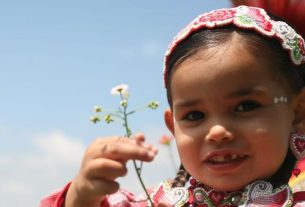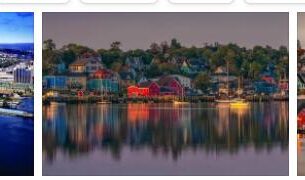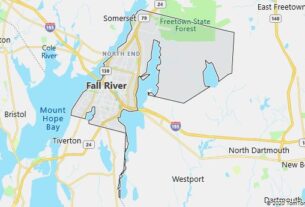Social development is at the basis of the significant contraction in the infant mortality rate, which was still very high in 1990 (32.5 ‰) and dropped to 12.5 ‰ in 2013. This figure directly reflects the availability, access and the use of health services by the population and, indirectly, the nutritional level of children.
At the end of the first decade of the 21st century. many structural problems of the country still remained unresolved and the modernization process was struggling to find its complete realization. The fight against poverty, corruption and drug trafficking continued to constitute the main challenges of governments that alternated in power, expression of the two main parties: the Partido revolucionario institucional (PRI), in the center, and the Partido acción nacional (PAN) of Catholic and conservative inspiration.
According to ask4beauty, the new administration, led by Felipe Calderón of the PAN, who took office in 2006, embarked on a policy of economic reforms aimed at attracting foreign investors and aimed at strengthening economic and trade ties with the US and Canada. The resulting growth remained fragile, mainly linked to exports to the United States, while the domestic market remained asphyxiated due to high unemployment and low incomes. After the crisis of 2009, the Mexican economy returned to growth, driven by the US recovery and a policy of public investment. However, illegal emigration rates to the United States remained high, despite the repressive measures and the wall of more than a thousand kilometers wanted by the George W. Bush administration. made in the most permeable part of the border between the United States and Mexico, in Texas and California. The government’s commitment in the fight against corruption and organized crime, especially that linked to drug trafficking, produced little results and the country continued to live in a condition of widespread violence. The number of murders continued to grow due to the fights between the drug cartels, but also to the strategy chosen by the government to counter it, based on the use of the army and the massive use of weapons. According to many humanitarian organizations, the police and the army were responsible for serious violations of human rights (torture, arbitrary arrests, disappearance of people) to fight gangs. The growing discontent of the population resulted in the defeat of the PAN in the mid-term elections (2009) and in the presidential elections of 2012 which restored to power, after 12 years, the PRI, whose candidate Enrique Peña Nieto won with about 38% of votes. The main challenger, Andrés Manuel López Obrador, candidate of the Partido de la revolución democrática (PRD), stopped at 32%. Despite the electoral victory, Peña Nieto, not having a majority in Parliament, had to negotiate a programmatic agreement with PAN and PRD, formalized in the Pacto por México. On the basis of this agreement, in 2013 reforms were enacted mainly in the energy, telecommunications, taxation and education sectors. On the issue of internal security, Nieto adopted a new strategy which provided for a lower militarization of the territory, greater economic incentives for development in disadvantaged areas and the creation of a specialized gendarmerie. Despite some successes, the situation remained critical. The disappearance, in September 2014, of 43 students in the city of Iguala, in the state of Guerrero, kidnapped by drug traffickers with the complicity of local authorities and then murdered, raised a wave of indignation throughout the country and led to the resignation of the governor of the region and the arrest of the mayor of Iguala and his wife. In response to protests, which lasted for months, the president announced police reform to counter the infiltration of organized crime. In the mid-term elections of June 2015, the PRI confirmed itself as a majority force relative to the Chamber of Deputies, but the vote was characterized by a general retreat of the traditional parties. To mark this discontent was in particular the result of the vote in the State of Nuevo León, the second richest in Mexico, where Jaime Rodríguez Calderón – known as ‘El Bronco’ – was elected governor as an independent candidate without the support of historical parties of the country.
On the international level, the politics of Mexico experienced a strong dynamism in recent years. Having maintained strong relations with the USA, the country, together with Colombia, Peru and Chile, created the Pacific Alliance in 2012, aimed at integration and trade with Asian markets; it also took part in the negotiations of the Trans Pacific partnership and signed trade agreements with the European Union.




